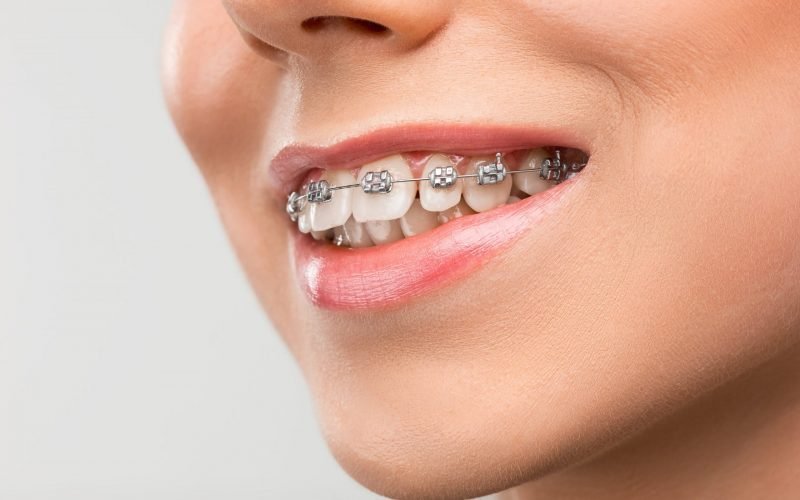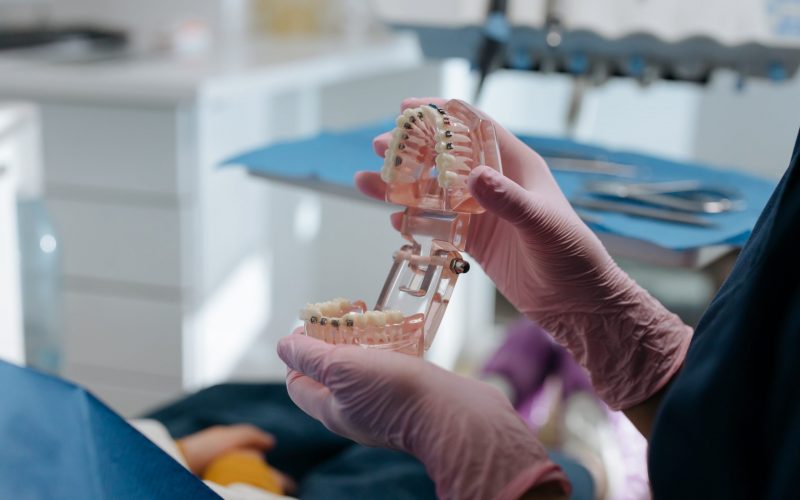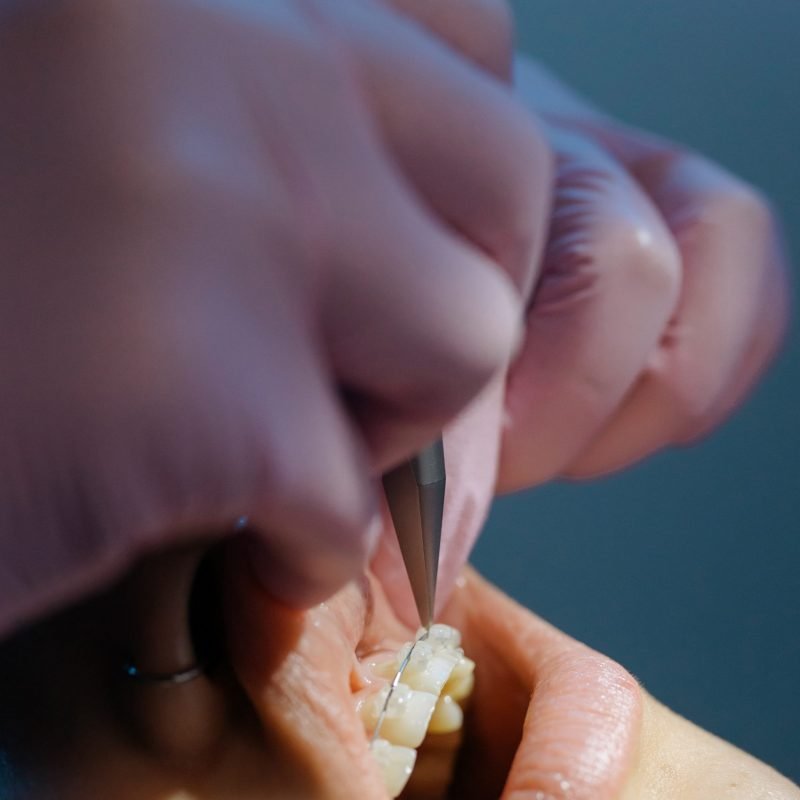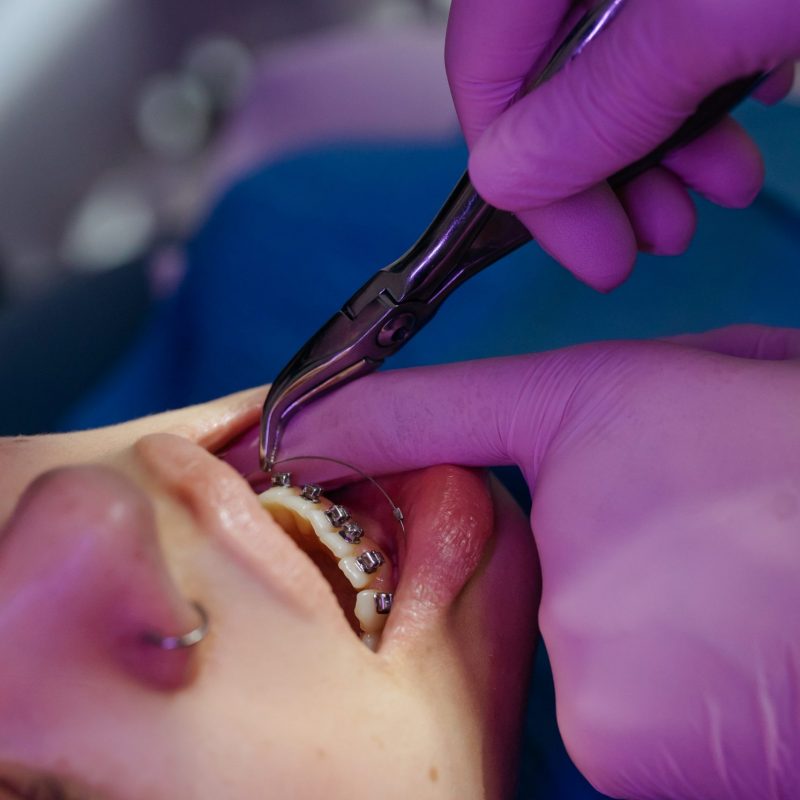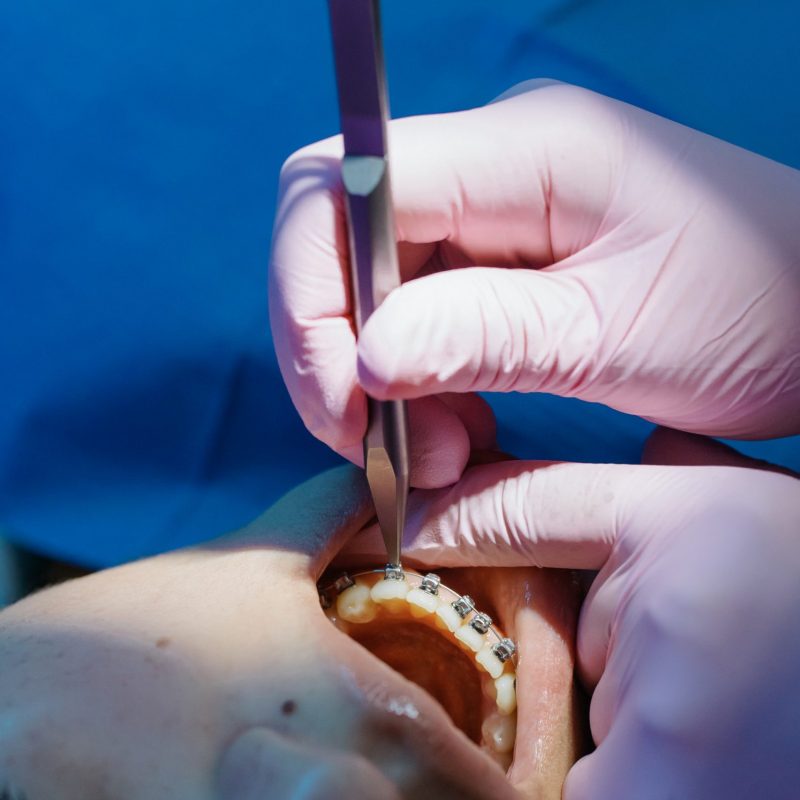What is Orthodontic Treatment?
Orthodontic Treatment is a treatment to straighten or move teeth to improve the appearance and function of teeth. Thanks to the braces used in this treatment, chewing forces can be spread to all teeth, helping to keep teeth, gums and jaw joints healthy in the long term.
Why Should I Have Orthodontic Treatment?
Many people have teeth that are crooked or out of position. Orthodontic treatment straightens the teeth or puts them in a better position. This treatment improves the appearance of the teeth and the position of the teeth in relation to each other, and also makes them easier to clean.
When teeth do not come together correctly, this can cause more activity in the jaw muscles, leading to jaw and joint problems and sometimes headaches. Orthodontic treatment helps to chew more evenly.
At what age should orthodontic treatment be performed?
The best time for orthodontic treatment is usually during childhood, but adults can also have orthodontic treatment and more and more adult patients are having it. In Orthodontic Treatment, age is less important than having the right number of teeth. In children, it may be necessary to wait for a sufficient number of teeth to erupt before starting orthodontic treatment.
Treatment Initiation
As a result, it is decided whether the patient is suitable for orthodontic treatment and if so, which type of orthodontic treatment will be applied.
Is Tooth Extraction Necessary Before Treatment?
In some cases, due to the narrowness of the jaw, there may not be enough space for the permanent teeth to be placed in the desired position. If so, some permanent teeth may need to be removed to make room.
How is the treatment administered?
Orthodontic Treatment is usually done with many kinds of apparatus called brackets, which are square in shape and through which the orthodontic wire (which applies force to the teeth) can pass. These brackets are available in metal, plastic or ceramic types. The brackets and bands that are temporarily attached to the teeth are connected to each other with a flexible wire and these allow the teeth to move (Fixed Orthodontic Treatment). If the treatment is not done with brackets and wires, but with removable orthodontic appliances, this treatment is called Movable Orthodontic Treatment.
Treatment Duration
The length of treatment depends on how severe the orthodontic problem is and ranges from 6 months to 18 months on average.
Treatment Success
Success depends on both the skills of the orthodontist and the enthusiasm of the patient (and parents if the patient is a child). It is important to follow the instructions given by the orthodontist and attend appointments regularly.
The success of treatment also depends on the patient’s determination. In the orthodontic treatment of children, it is very important that the patient is as willing as the parent.
Is Orthodontic Treatment Permanent?
After Orthodontic Treatment, small wires called Retainers are attached to the back of the upper and lower jaw front teeth to prevent the teeth from returning to their original position and the retainer wires usually remain for life.
Braces and Teeth Cleaning
It is necessary to pay extra attention to oral hygiene during orthodontic treatment. Because the orthodontic appliances in the mouth create areas that cannot be cleaned with a toothbrush due to their indented – protruding structures. In addition to toothbrushes, it is recommended to use suitable interfacial brushes and a mouth shower that reaches every part of the mouth with pressure.
Clean your teeth carefully every day, including between your teeth whenever possible. Braces are delicate and you need to make sure you clean them carefully so they don’t break.
Sugary foods and fizzy drinks increase the incidence of dental caries, so consumption of these products should be reduced. Sticky and hard foods can also damage braces and brackets
What is Invisalign?
Invisalign is an orthodontic treatment that straightens teeth without the use of metal wires. Invisalign is a series of custom-designed clear dental aligners that cover the teeth and move them into the correct position over time. Because they are transparent and can be taken on and off, they are more aesthetic and less noticeable from the outside than traditional metal braces.
Most people want to have a more beautiful smile with natural teeth, but think that traditional metal braces are the only option. Thanks to its transparent structure, Invisalign does not contain metal brackets or wires that will shade your smile during treatment.
With Invisalign clear aligners, teeth can be more comfortable and fully aligned in less time than with traditional braces. Whether you are a parent exploring orthodontic treatment for your teenager or an adult who has been putting off treatment for years, Invisalign is an effective and ideal solution.
Before and After Invisalign
Invisalign clear aligners are made of BPA-free plastic and are much more comfortable than traditional metal brackets and wires. These individually designed clear aligners are used to straighten teeth and give you the beautiful smile you have always wanted.
Before starting Invisalign treatment, you should definitely discuss your smile goals and what you expect from your treatment with your doctor.
Invisalign Treatment is available for both teenagers and adults and these clear aligners can be used to close the gaps between teeth, as well as to treat overbite, underbite, open bite and crossbite.
How Does Invisalign Treatment Process Work?
As a result of the clinical and radiological examination performed by the orthodontist, if it is determined that this treatment is suitable for the patient, digital measurements are first taken from the inside of the mouth. X-rays, 3D models and pictures of your teeth are sent to the Invisalign Laboratory (production center) for the production of custom-made aligners.
The treatment plan determines how the teeth will be aligned and how long it will take to align them correctly.






